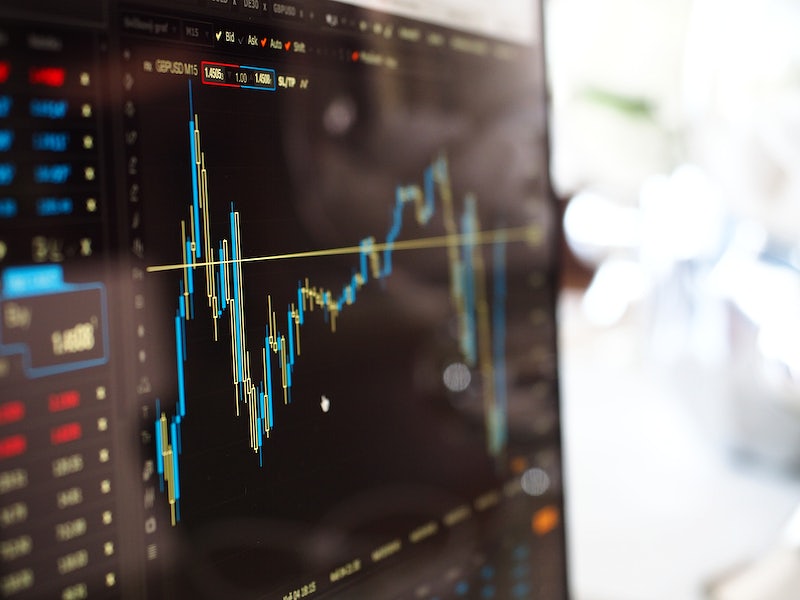For many people, the stock market is shrouded in mystery and seems reserved for wealthy or seasoned traders. However, with the advent of online trading and the availability of information through platforms like TradingView, the opportunity to try your hand at trading has become more accessible than ever. In this blog post, we will explore some tips and strategies how to stock market trading.
Understanding the Stock Market: Basic Concepts and Terminology
Before diving into the stock market, it’s essential to understand some basic terminology. The terms stock, share, and equity are often used interchangeably but have different meanings. Stocks represent ownership in a company, and each stock corresponds to a share in ownership. Equity refers to a company’s total assets minus its liabilities, and it represents the value of shareholders’ ownership in a company.
The importance of market trends, technical analysis, and fundamental analysis
When trading in the stock market, understanding market trends is crucial. A trend refers to the general direction in which a price moves. Knowing whether the trend is bullish (upward) or bearish (downward) can help traders make informed decisions. Technical analysis involves using charts, indicators, and data to predict future market trends. In contrast, fundamental analysis involves analyzing a company’s financial health and industry trends to determine whether it’s an attractive investment option.
Developing a Trading Plan: Factors to Consider and Tools to Use
Before trading in the stock market, it’s essential to have a clear trading plan in place. Setting realistic goals is crucial as it creates a framework for traders to work within. Goals can be set in terms of the amount of money traders want to make, the frequency of trades, and the level of risk they’re willing to take. Risk management strategies are also vital as traders need to ensure they don’t lose more money than they can afford. Traders can adopt different risk management strategies, such as placing stop-loss orders and diversifying their portfolios.
Exploring different trading platforms and charting tools
Choosing the right trading platform and charting tools can make a difference. Trading platforms are software applications that allow traders to access markets and place trades. Before selecting a trading platform, traders should research and compare the different options to find the one that best suits their needs. Charting tools, on the other hand, allow traders to analyze market data and identify patterns to make informed decisions. TradingView, for instance, offers comprehensive charting tools that help traders predict market movements.

